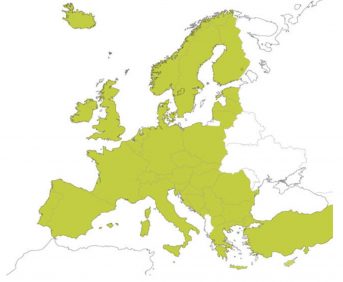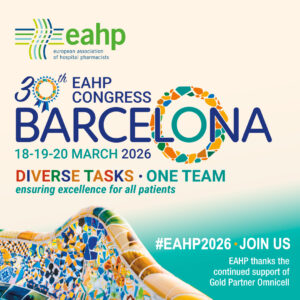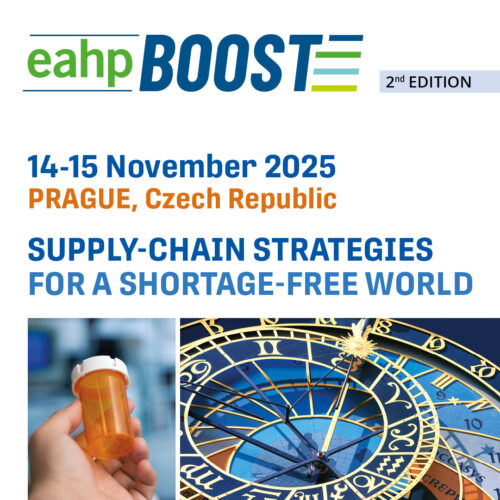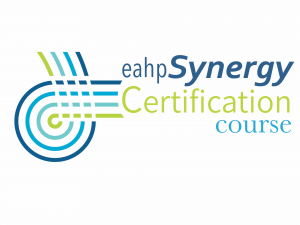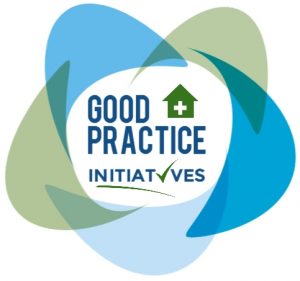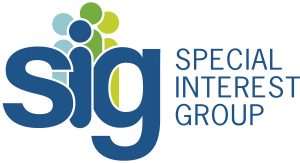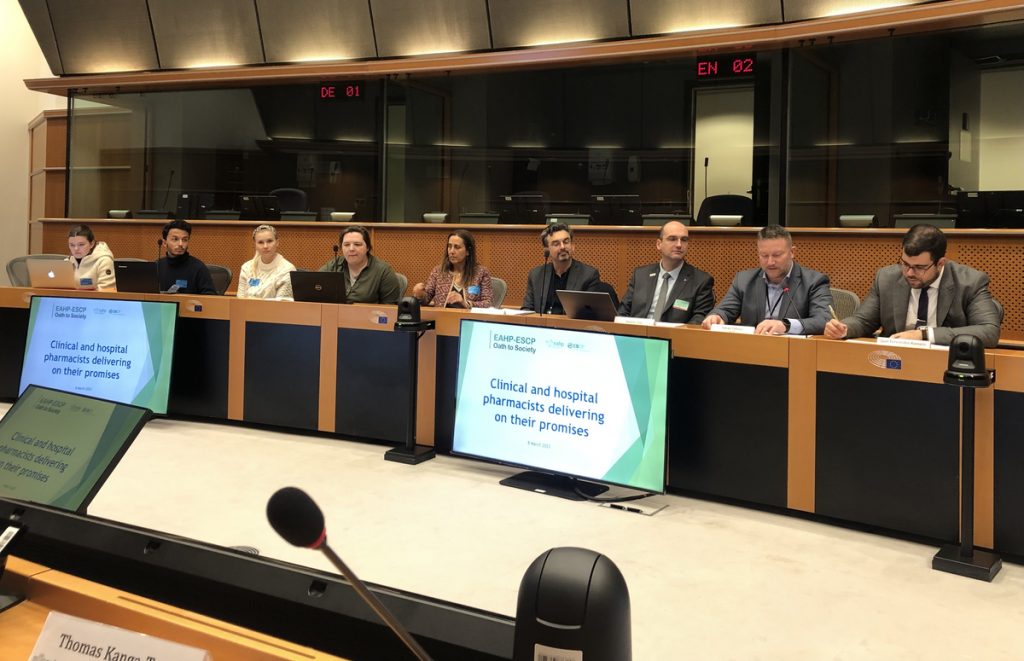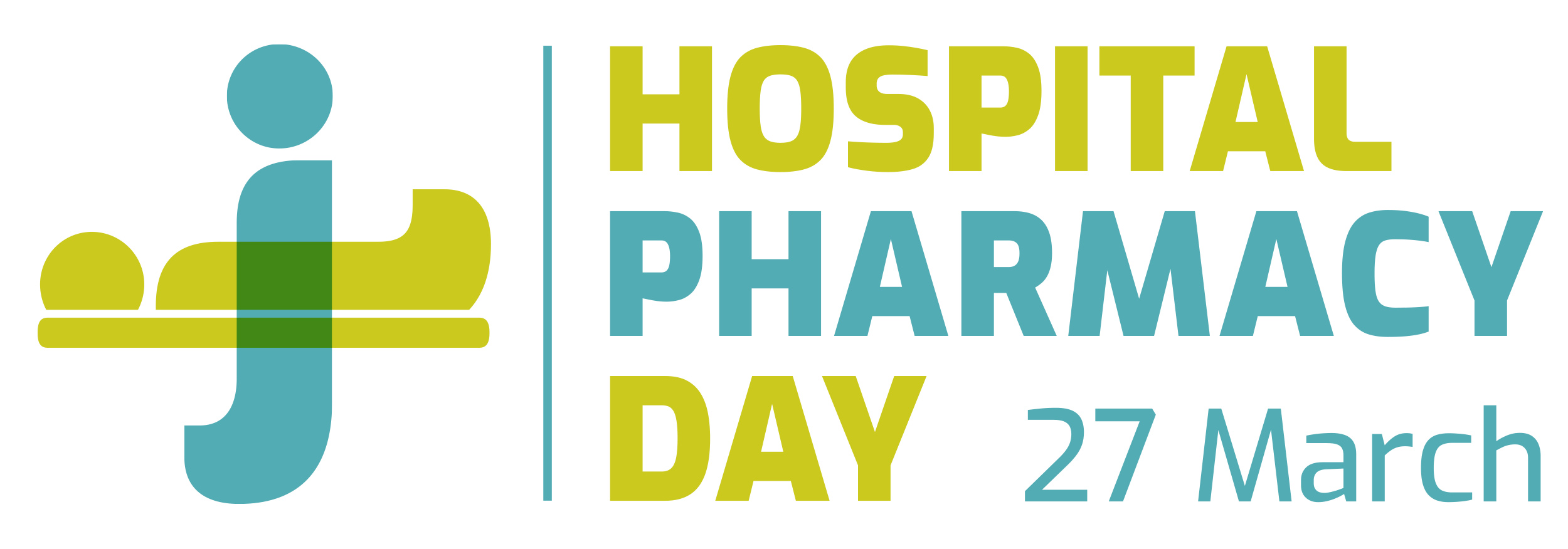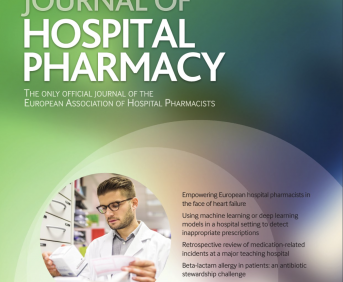A risk-based choice of syringes and associated equipment for compounding and intravitreal administration of drugs for wet age-related macular degeneration
Pdf

European Statement
Production and Compounding
Author(s)
Espen Gleditsch, Dag Fossum
Why was it done?
There are no available syringes with CE approval for intravitreal administration. The CE approval for sterile single use syringes covers dosage and sterility, but not the special needs associated with intravitreal administration. The choice of syringe and associated equipment therefore have to be based on a risk assessment. The intravitreal administration includes increased patient risk regarding sterility (infection), particles (inflammation), injection volume (ocular pressure), silicone oil (floaters in the vision) and technical performance (leakage and compatibility with needle). The aim of this work was to find the syringes, associated equipment and compounding process that present least risk to the patients.
What was done?
Oslo hospital pharmacy delivers ready to use syringes for intravitreal administration of drugs for wet age-related macular degeneration. The pharmacy has in cooperation with the eye department at Oslo university hospital done a risk assessment in 2023 to decide syringes and associated equipment for compounding and administration.
How was it done?
The syringes historically used for intravitreal administration in Norway are Insulin syringes with prefixed needles (BD), Inject F syringes (BBraun) and Zero Residual syringes (SJJ Solutions). The needles used are TSK Low Dead Space needles and Zero Residual needles. The compounding methods are filling of the ready to use syringe from a bulk syringe by a needle or use of a Zero Residual bubble adaptor. All ready to use syringes are compounded in isolators with grade A in the working chamber, delivered with needle or cap, and packed in sterile bags. The risks associated with each syringe, needle and compounding process were assessed with a Failure Mode Effects Analysis Method.
What has been achieved?
The risk assessment shows that the risk to the patients are lowest when administering drugs for wet age-related macular degeneration with Zero Residual syringes and needles, filling the syringes with bubble adaptor and deliver with cap. This will give the lowest risk score regarding sterility, particles, injection volume, silicone oil and technical performance.
What next?
This work is relevant for other pharmacists and prescribing practitioners when assuring that syringes and associated equipment are of appropriate quality and suitable for intended use.
How to become a resilient chemotherapy preparation unit?
European Statement
Patient Safety and Quality Assurance
Author(s)
Victorine MOUCHEL, Romy LINOSSIER, Chloé FERCOCQ, Jean-Luc PONS, Lucie BAILLET
Why was it done?
Injectable anti-cancer drugs are critical drugs and production disruption would result in discontinuity of care. Moreover, 60% of the production is dedicated to external clients as part of outsourcing contracts. To strengthen client’s confidence, we achieved the ISO 9001 certification in 2019. Implementing a BCMS is part of the overall quality and resilience process.
What was done?
In our hospital centre, production of injectable anti-cancer drugs is centralised in a chemotherapy preparation unit. Within the unit, we decided to implement a business continuity management system (BCMS). Therefore, we established and validated a business continuity plan (BCP) to face a production disruption and continue the delivery of products.
How was it done?
We followed the ISO 22301:2019 standard methodology. First, we performed the risk assessment as described by the ISO 22300: 2018 standard. A multidisciplinary working group (pharmacists, pharmacy technician, quality engineer) identified and analysed the risks likely to threaten the unit’s business continuity (BC). Risks were rated in term of criticality (Cr) from 1 to 4 and risks with Cr ≥ 3 were considered as priority risks. Then, a business impact analysis was led by the pharmacists and validated by the department chief. Strategies were set to face priority risks in accordance with the BC objectives. Finally, we documented the BCP and validated it thanks to tests followed by debriefing.
What has been achieved?
The risk assessment highlighted 23 risks and 13 of them (57%) were rated as priority risks. Most of the risks revolve around unavailability of production equipment or premises (fire, flood, natural disaster). The treatment of 7 of these risks was included in the action plan for 2021. Three strategies were documented to treat these risks: extended opening hours of the unit, closed system transfer device used in a contaminated isolator and production relocation in two other centres. Five tests were conducted to check necessary procedures and devices to use these strategies (closed system transfer device, remote access, transportation). Tests will be repeated yearly to maintain the BCP.
What next?
In conclusion, implementing a BCMS represents a continual improvement approach that will improve the unit’s ability to cope with a crisis in an appropriate way.
VENOUS THROMBOEMBOLISM PREVENTION MEASURES FOR WOMEN IN PREGNANCY AND THE PUERPERIUM (submitted in 2019)
Pdf

European Statement
Patient Safety and Quality Assurance
Author(s)
Sheena Patel, Sima Purohit, Jennifer Hanna
Why was it done?
• VTE remains the leading cause of direct maternal death, with no evidence of a consistent decrease in mortality over the past 20 years.
• Alongside changes in national guidelines, the maternity population and interventions are changing e.g. women giving birth are now older with more risk factors for thrombosis e.g. obesity. More interventions e.g. caesarean section are undertaken placing women at higher risk of VTE.
• VTE prevention measures were introduced in 2010, and nearly 10 years on further changes were implemented to reduce mortality and morbidity.
What was done?
Venous thromboembolism (VTE) prevention measures introduced and embedded for women in pregnancy and the puerperium, with an aim to reduce potentially preventable hospital-associated events
How was it done?
• Electronic VTE risk assessment introduced with mandatory alerts at relevant time-points e.g. at booking, on admission, post-delivery • Simplification of the national VTE risk scoring system to ensure accurate completion of assessment and user-ability • Clear hospital guidance on VTE prevention for pregnant women, including a pocket guide covering risk assessment and thromboprophylaxis • Staff education on mechanical thromboprophylaxis for correct use and monitoring to avoid adverse effects • VTE patient information leaflet covering signs and symptoms of VTE and when to seek urgent medical attention • Introduction of a ‘mum and baby’ app with information during pregnancy and postpartum • Root cause analysis performed on hospital associated VTE events, with shared learning of root causes and actions to prevent recurrence to multidisciplinary teams • VTE education introduced in medical, midwifery and pharmacy staff training programmes, with regular updates in the maternity risk newsletter
What has been achieved?
• Over 95% of women with VTE risk assessments on admission, with weekly and monthly performance reports for local monitoring • Pharmacy staff perform quarterly audits on appropriate thromboprophylaxis. 97% inpatients received pharmacological thromboprophylaxis, and 88% inpatients were wearing anti-embolism stockings • Pre-printed VTE management plan in maternity documentation to assist with transfer of care • Development of an ‘app’ to provide patient information • Patients counselled on anticoagulant therapy to support medication compliance • VTE education embedded in training programmes • VTE ward rounds for ongoing stewardship
What next?
• Staff engagement to embed VTE prevention measures in practice
• Increasing patient education on VTE prevention
• Robust and sustainable interventions improving patient outcomes
SEAMLESS PHARMACEUTICAL CARE OPTIMISING ANTICOAGULATION MANAGEMENT IN THE PERIOPERATIVE PERIOD
European Statement
Education and Research
Author(s)
F. Reidy, M. Duggan, A. Mathew, G. Duignan, S. Nasim, H. Ryder, B. Giblin, B. O’Connell, J. Corcoran
Why was it done?
The management of patients on oral anticoagulant drugs in the perioperative period has become confusing due to the introduction of:
– Newer oral anticoagulant and antiplatelet drugs
– Increased number of day case surgeries and early discharge, leading to lack of optimum care of patients, with anticoagulation and thrombophylaxis measures being undermanaged, resulting in prolonged hospital stays and cancellations of procedures.
What was done?
Following informal discussions with pre-assessment clinic (PAC) nursing staff, anaesthetists, pharmacists and surgeons, an evidence based management plan for thrombophylaxis and anticoagulation in the perioperative period for surgical patients was developed comprising of:
Thromboembolism risk assessment and bleeding risk stratification tool, to risk stratify all patients being admitted for surgery.
Prescribing guidelines on the management of anticoagulant drugs in the perioperative period.
Patient information leaflets on the management of anticoagulant drugs and thrombophylaxis measures pre and post procedure.
Preprocedure and discharge pharmaceutical plans to facilitate patients’ anticoagulation drugs to be managed effectively in the community.
How was it done?
Draft guidelines were disseminated to relevant staff and an opportunity was given for feedback over a period of 1 month. Following these recommendations, the guideline was introduced at the weekly surgical meeting. Information was then disseminated to the relevant departments.
One year later an audit demonstrated that these guidelines provided clarity with the decision making process regarding anticoagulation and thrombophylaxis, resulting in improved patient safety outcomes in the perioperative period. The need for educational training on the guidelines and simplification of the risk assessment tool was highlighted.
What has been achieved?
• Patients’ anticoagulation needs pre and post procedure can be managed with clear instructions in the perioperative period across the hospital/community interface.
What next?
The tool will be adapted to help with the decision making process regarding anticoagulation and thrombophylaxis for medical patients.
The complexities of perioperative anticoagulation are addressed in a simple way that the development of an App would benefit patient safety.



